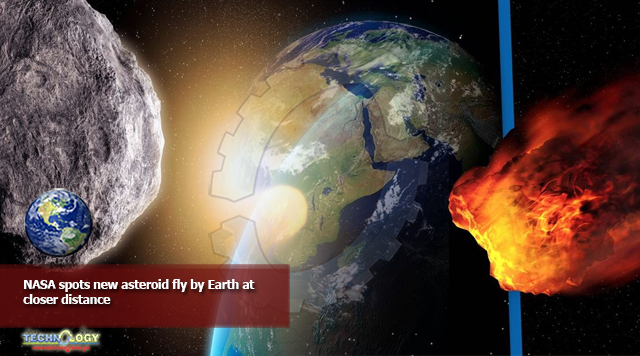NASA has spotted a new asteroid, which is set to fly by Earth at a closer distance than a weather satellite. The vast expanse of space, the great unknown, the incomprehensible vacuum, space is one of the most inhuman environments imaginable, inhospitable and dangerous, with asteroids soaring past our humble abode more than we probably know.

The vast expanse of space, the great unknown, the incomprehensible vacuum, space is one of the most inhuman environments imaginable, inhospitable and dangerous, with asteroids soaring past our humble abode more than we probably know.
The asteroid, known as 2020 SW, was noted last Friday, September 18, listed on NASA’s data for NEO Earth Close Approaches. It’s set to fly past us on Thursday, September 24, at 11:18 Universal Time (for folks in the UK, that’ll be around 12:18). For more information on converting UT to your timezon.
In terms of speed, if we’re going by velocity relative to Earth at close approach, it’s cruising through the void at 7.75 kilometres per second/17,336 miles per hour. As for its size, the space agency has estimated it has a diameter of between 4.4m and 9.9m.
But just how close will 2020 SW be, I hear you cry? Well, the hunk of space rock will be 0.07 LD (lunar distance) from Earth as it flies past, which equates to around 16,719 miles.
Needn’t worry, though. Naturally, there’s some uncertainty about the new asteroid; for example, ‘closest approach might occur up to 24 minutes earlier or later than expected’, but there’s no risk of impact.
However, while it’s closer than your standard asteroid, it won’t be near enough to see with the naked eye. It’s estimated that 2020 SW could reach a visual magnitude of between 13.0 and 13.5. For keen observers, you need a telescope with a diameter of at least six-eight inches. For those with larger telescopes to hand, you’ll easily catch it.
During its closest approach, the asteroid will pass across Australia and New Zealand. Preliminary calculations have also indicated that 2020 SW orbits the Sun every 372 days. For the next 50 years, despite the similarity of our orbits, it’s highly unlikely it will ever hit Earth on its return path.
Originally published at Unilad